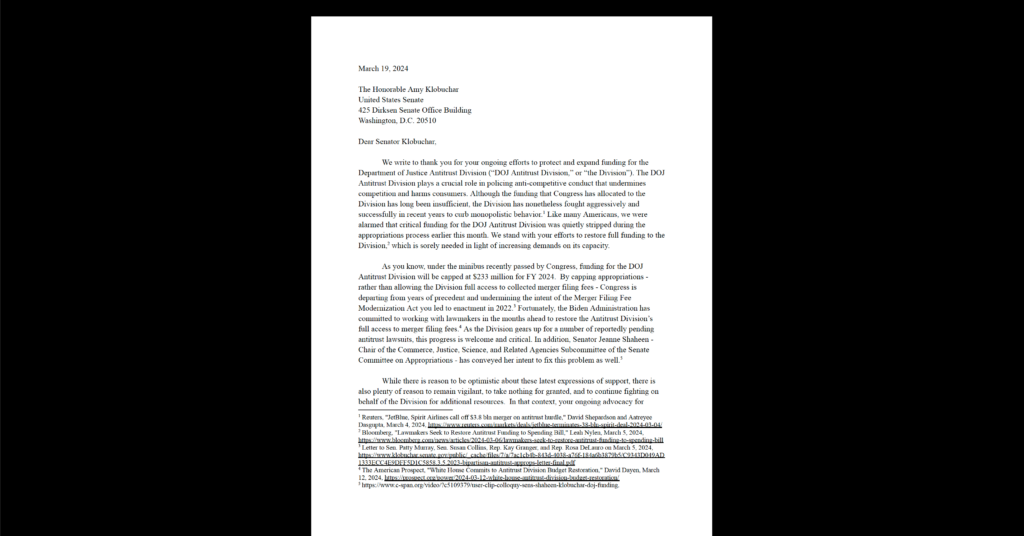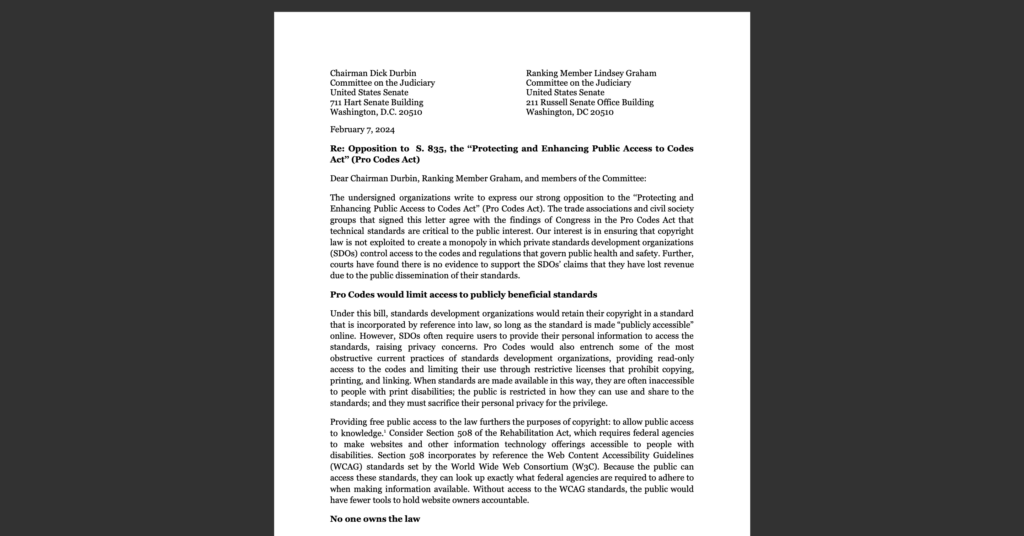McCain Campaign Says Video Takedowns Stifle Fair Use
A recent exchange of letters between the McCain campaign and YouTube offers a clear illustration of the importance of fair use in protecting free expression — but also of the risk that the practical utility of fair use can be subverted by other copyright policies.
When CDT and others say that copyright policy raises free expression issues and requires a careful balance, this situation between the McCain camp and YouTube is the kind of thing we have in mind.
Apparently the McCain campaign has posted videos to YouTube that use short clips — some shorter than 10 seconds — of news broadcast footage as a basis for commentary and advocacy. That sure sounds like a classic example of fair use, meaning it should be permitted under copyright law. But the media companies that own the broadcast footage have gone ahead and sent takedown notices alleging copyright infringement, resulting in YouTube blocking access to the videos. The McCain campaign has written to YouTube asking it to review takedown notices aimed at videos posted by political campaigns and candidates and to reject notices that ignore obvious cases of fair use.
The letter rightly stresses "the need to prevent meritless copyright claims from chilling political speech." And yes, it would be nice if content hosting sites like YouTube did not automatically take down material in instances where the assertion of a copyright violation appears frivolous. But it is not hard to see why sites like YouTube do not want to get into the business of second guessing takedown requests. Under section 512 of the Digital Millennium Copyright Act (DMCA), content hosts get protection from copyright liability if they follow the statutory notice-and-takedown process. That "safe harbor" is essential to such sites' ability to operate, because otherwise the potential scope of copyright liability would be entirely open ended. And as YouTube noted in its response to the McCain camp, a site like YouTube may not know enough about the videos its users upload to make any meaningful judgment about copyright status. Who owns the rights to the various segments of a video that a user uploads? YouTube doesn't purport to know, has little basis on which to resolve disputes, and can't afford to risk jeopardizing its safe harbor status.
Bogus Takedown Notices Root of Problem
The root of the problem, therefore, is that bogus takedown notices get submitted in the first place. Takedown notices that ignore fair use must be discouraged. And this is true not just for notices that target videos posted by political candidates or campaigns. YouTube and other user-generated content sites offer a new and highly participatory medium that should facilitate free expression by organizations and individuals of all stripes, with little regard for who they are, how established they are, or how much money they have. Fair use is intended for speakers of all types, and the abuse of takedown notices to try to squelch or pare back fair use should be resisted wherever it occurs.
Of course, discouraging inappropriate takedown notices is easier said than done. The basic legal bargain of providing copyright liability protection in exchange for implementation of a notice-and-takedown regime makes good policy sense. Once a notice-and-takedown regime exists however, there is no way to guarantee that all parties will refrain from frivolous takedown requests — just as it is difficult to guarantee that the court system will not sometimes be abused to bring frivolous lawsuits.
The DMCA already provides for a counter notification process, which enables the poster of content to challenge a takedown notice. But getting a video reposted based on counter notification takes at least 10 days, which obviously can be too long for a campaign advertisement or any other speech that relates to fast-moving current events. The DMCA also allows lawsuits, under section 512(f), against any party that knowingly misrepresents that specific content is infringing. The intent is to deter bogus takedown notices, but it doesn't seem to be doing the trick. It is worth considering how to provide more effective deterrence. Another idea would be to add some language to the section of the DMCA relating to the content of takedown notices, requiring some kind of affirmative certification that the copyright holder claimant has affirmatively considered fair use and concluded that it does not apply. A District Court in California recently held that current law already requires a fair use analysis, rejecting the copyright holder's argument that it was free to ignore the fair use issue altogether. Codifying the principle in statute could make the point even more clearly. It also could be useful for notices to distinguish between videos that consist solely of allegedly infringing content and videos that are alleged to contain some infringing content mixed in to a longer video.
In any event, this seems like an issue on which both presidential candidates should be able to agree: aggressive use of takedown notices to prevent the online circulation of fair use material is a problem. It is a problem for campaigns, yes, but also for other types of commentary and advocacy. Hopefully both candidates and political parties will remember this issue after the election is over, and will keep it in mind as they consider copyright policy questions in the year ahead. Copyright policy is about more than just fighting "piracy" — it also needs to focus on the very real risk that overreaching copyright initiatives can stifle free expression.


